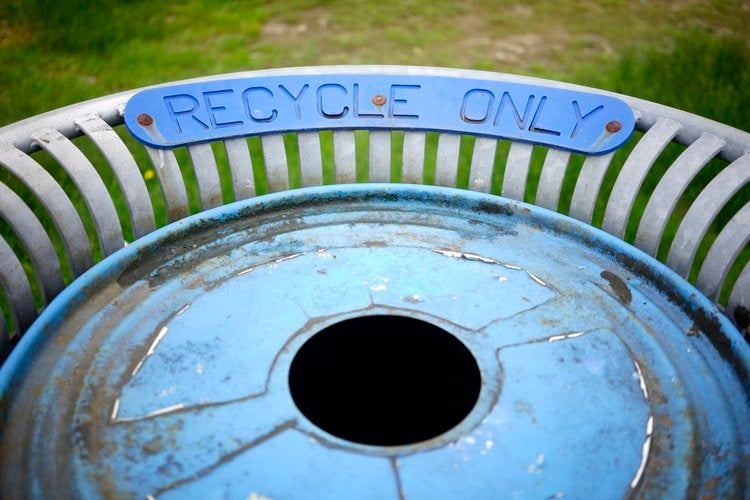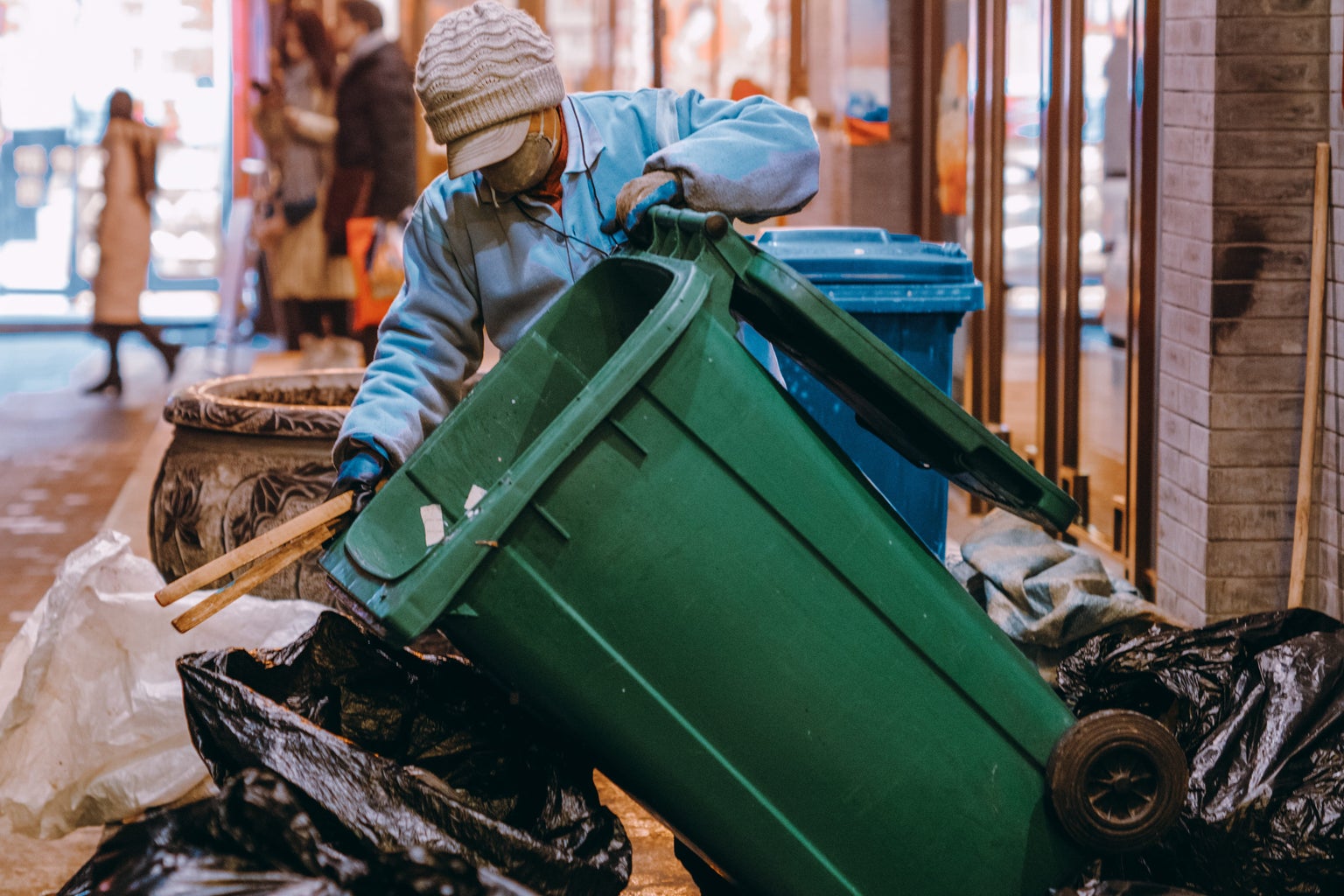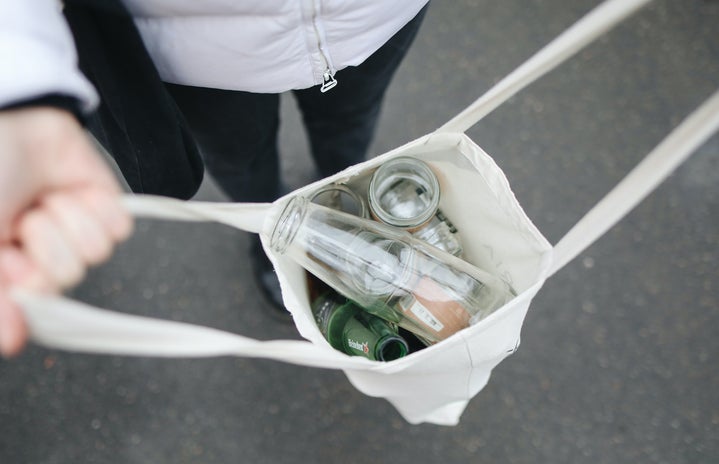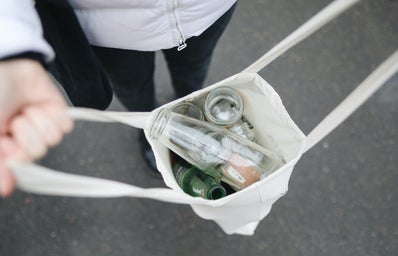By now, environmental campaigns have made it crystal clear to the majority of consumers that plastic waste is a serious problem. We’ve all heard of the ever-growing pacific garbage patch, learned that plastic will outweigh fish in the ocean by 2050, and seen pictures of cute turtles that have sadly choked on plastic. If this has compelled you to act in favor of the environment, chances are that you have already started doing one thing—recycling. So let’s talk about recycling: how it works, whether it works, and what should we do about it.

According to the EPA, only 8.7% of plastics get recycled in the United States. There are two main issues at play: not all plastics are recyclable and, when they are, it is not always economically viable to do so. More specifically, new plastic is often cheaper than recyclable plastic which lowers the incentive to use it as a raw material. This, in turn, reduces the incentive to recycle in the first place. Put most simply, some of the plastics that are labeled as recyclable do not actually get recycled because it is not economically favorable to do so; you should check with your municipality for a list of plastics that are recycled in your community.
Despite the low effectiveness of recycling, the process is still advertised as the main way to fight plastic waste. You should know that this misconception is not your fault—industry giants have worked relentlessly to create it. After all, if recycling is the accepted method to fight pollution, consumers are forced to be the action figures as opposed to the industries that create the problem. Most pro-recycling advertisements were created by plastic producers—Exxon, Chevron, Dow, DuPont—and their associate lobbies. We believed them because it was easier to throw plastic in a recycling bin and alleviate our conscience than to acknowledge the futility of this act, but now the consequences are catching up with us and we can’t ignore it.

So what can you do?
In terms of your personal habits, keep recycling. Now that you know that recycling has caveats, take the time to navigate to your municipality’s recycling program website, learn which materials get recycled in your community, and learn how to identify them. Try to get as specific as possible. Even though only 9% of it will get recycled in the end, on a national scale it is thousands of tonnes of plastic.
The most impactful change must be implemented through policy that will shift the responsibility away from consumers and onto industry figures with the power and resources needed to create lasting changes.
With the present state of things, there is room for more advocacy and the first step is to talk about it. Inform your community about these issues and take collective action to implement EPR policies. Change must start somewhere, and local government is a great place to begin.



